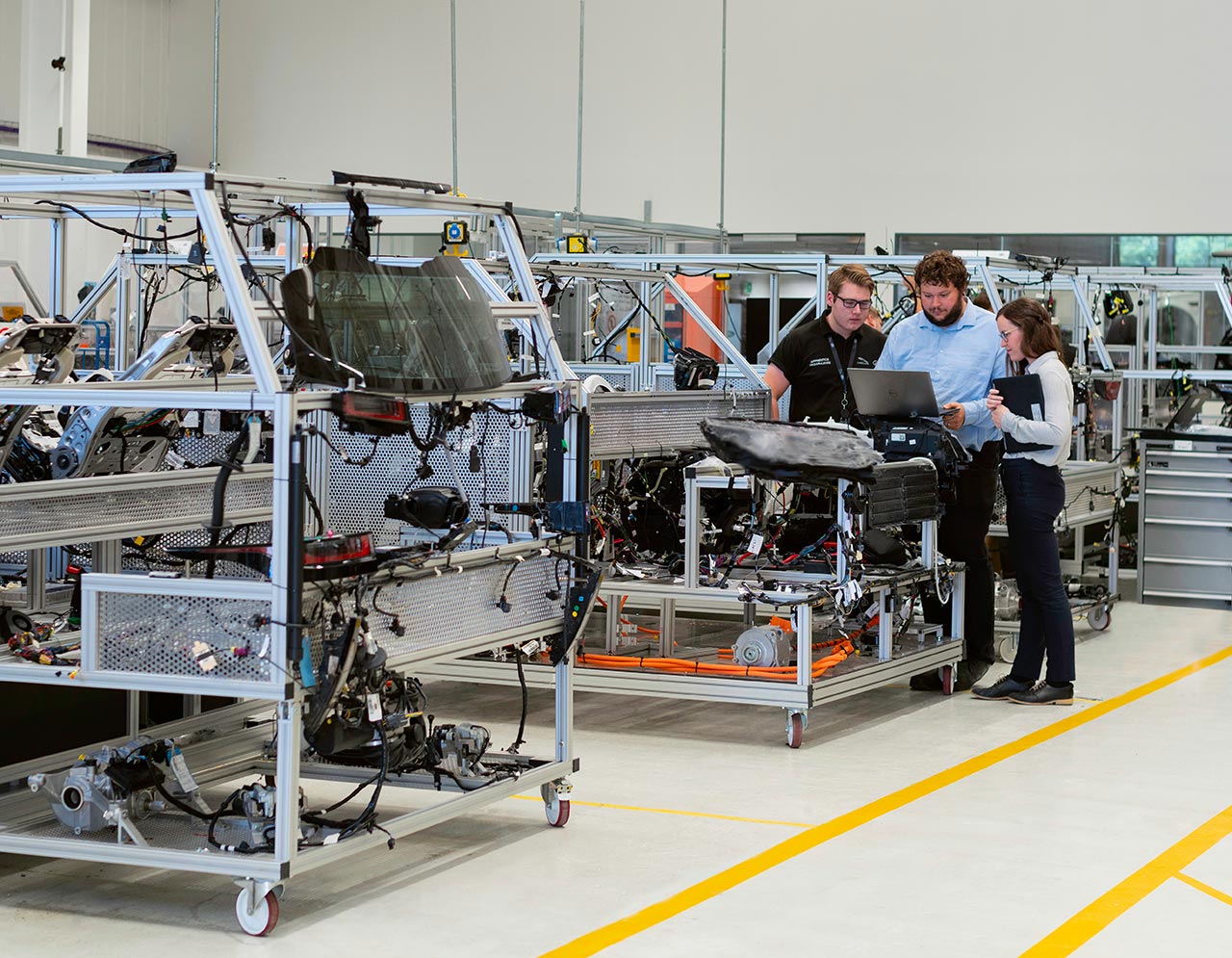Less misplanning thanks to Supply Planning
Supply planning enables faster and more accurate supply chain adjustments
Planning resources according to demand, production, and acceptance is a central activity in every company. Especially in industrial (mass) production, a constant flow of resources, raw materials, and pre-products is important for generating large output quantities. This is where experience, expectation, and forecasting converge, and so far this has usually been brought together with a little gut feeling. And that was all there was to planning.
However, this is neither a scalable nor a very resilient approach. This is where supply planning and its integrative and data-based approach comes in. It helps to meet the ever-changing customer requirements and, for example, the fluctuations in raw material prices in planning at the same time.
Prepared for the future with supply planning
At the heart of this is a customer and company-centric data approach which gives all employees and departments involved in supply planning a complete overview of all relevant data, such as currently available resources, raw materials, production and delivery statuses, and new customer enquiries.
Strategic corporate approaches can also be incorporated, as supply planning also takes into account future developments towards new customer groups, the inclusion of new suppliers and pre-producers, as well as the development of new markets.
Existing data from SCM, ERP, CRM, and production can be integrated into supply planning using algorithms to control current and future planning scenarios.
Less misplanning of resources and raw materials thanks to digitalization
The complete digital recording of all resources, raw materials, and partial products, right through to the production of both the end product and the service lies at the heart of supply planning. Individual or partial entries in paper lists and Excel excerpts are thus a thing of the past.
In supply planning, all relevant data can be recorded, viewed, and processed in real time or near-real time at any time. This enables a timely response to internal and external changes to production or the supply chain and negative effects can be mitigated, if not prevented.

Faster response to changes in market and customer requirements through data integration
The sales department has already noticed a change in customer behavior, but the purchasing department is still ordering raw materials for the next 18 months? This is still a reality today. At least in companies where there is no continuous integration of data.
By setting up data streams into, through, and out of the company, all relevant data for supply planning can be processed and kept up to date. Furthermore, this data can be viewed not only by the purchasing department, but also by all other departments so that product, sales, and ordering decisions are always based on a company-wide database.
This puts an end to purely relying on gut instinct. A new level of decision making is reached with supply planning: instinct + experience + data = success.
Instinct + Instinct + Instinct + Instinct + Instinct + Instinct + Instinct + Instinct +
Experience + Experience + Experience + Experience + Experience + Experience + Experience + Experience +
Data + Data + Data + Data + Data + Data + Data + Data +
Success + Success + Success + Success + Success + Success + Success + Success +
Uniform view of all means of production through transparency
Do remaining stocks have to be sold or new repeat orders placed before the products are sold? This can only really be answered if there is a role-based view for all employees in the company. The approach here is transparency over different software solutions – and done so through a transparent and user-friendly interface.
Future-oriented and future-proof supply planning lives through the employees involved. If they can capture and process all the information at a glance and thus allow information to circulate within the company, then supply planning is a factor for both greater customer satisfaction and corporate success.
Germanedge ensures transparent and agile supply planning
Especially in times of crisis Chief Supply Chain Officers (CSCOs) are forced to make decisions under time pressure and with a high degree of uncertainty. Given the complexity of the environment, long supply chains, and crisis-related uncertainties, a CSCO’s decisions are critical to the entire production process – and ultimately the company’s reputation.
Instead of relying on gut feeling, strategic response and robust supply planning are used to mitigate disruptions and keep the supply chain flowing perfectly. Germanedge helps decision-makers to react faster, more accurately, and more efficiently, to ensure transparent decision-making processes, and to keep the supply chain agile and optimally utilized.
Comprehensive supply planning with Germanedge solutions
With the Germanedge PaaS EdgeOne, you can quickly get started with supply planning. We combine all customer, supply, production, and logistics data in the company into a qualified data set that forms the basis for all resource and raw material planning. This also includes the entire production process, including storage, fill, order, and reorder levels. All information is presented in EdgeOne in a user-centric and algorithm-supported manner in order to support evidence-based, holistic decisions.
In addition, supply planning measures can also be almost completely automated. The entire volume of data from all areas can be automatically checked and processed using machine learning or artificial intelligence. This can be supplemented by predictive or prescriptive methods in order to extend the models with prediction qualities. Germanedge’s product provider ORSOFT has numerous solutions in the Advanced Planning and Scheduling environment for this purpose. Manual interventions by employees are only necessary in the event of deviations from the standard or from specified tolerances in the data. This turns the fully automated production world of Industry 4.0 into a reality.

Get in touch!
Would you like to know more about our solutions? Then please write us using the contact form. My colleagues and I look forward to exchanging ideas with you.

Dominik Weggler
Head of Sales Germanedge


